PICTURES THAT CAPTURE THE VASTNESS OF SPACE
Added on: 6th Dec 2016
INFINITESIMALLY SMALL CHANCES
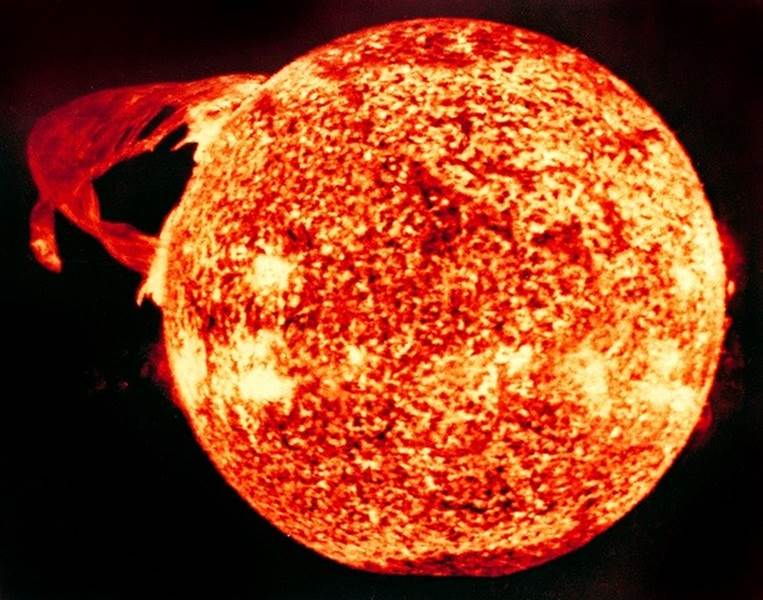
The chances that a random hydrogen atom on the Sun will
collide with another hydrogen atom and create nuclear
fusion is estimated to happen only once in every five
billion years. Since there are loads of hydrogen atoms in
the Sun’s core, we don’t have to worry about the Sun
going dark for at least a few billion years.
THE LIT-UP WHIRLPOOL GALAXY
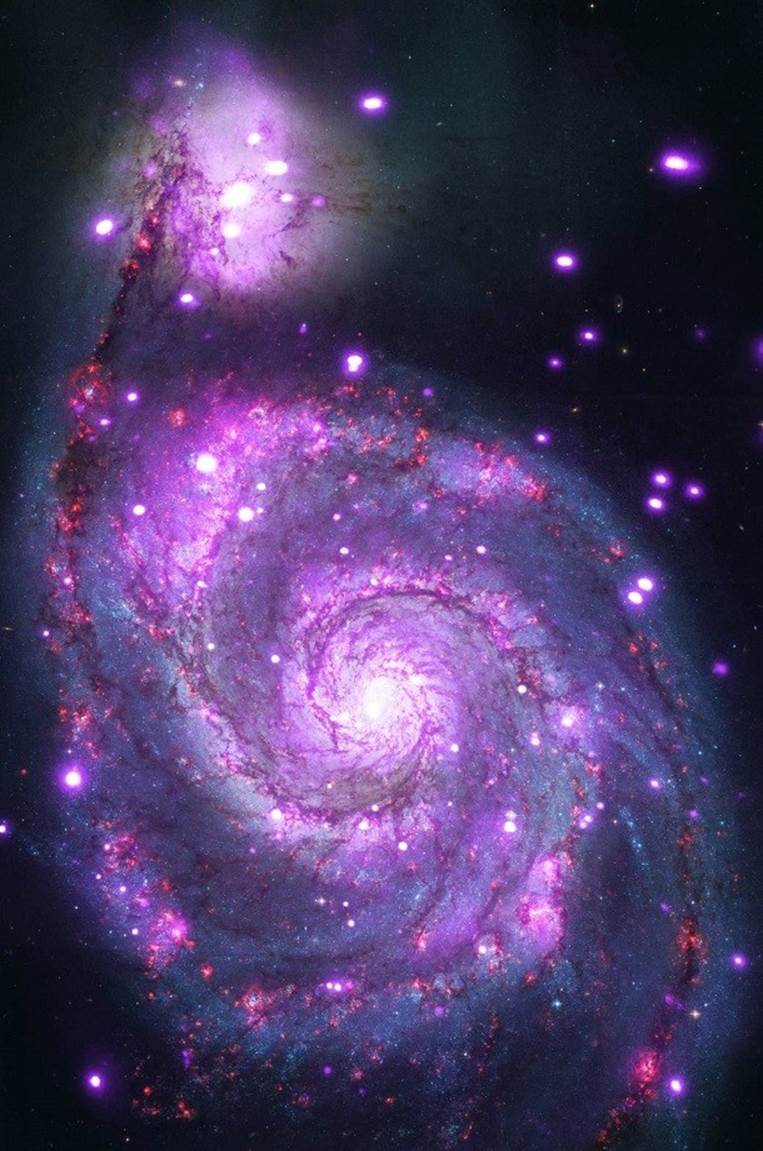
This striking image of the Whirlpool Galaxy, about 30 million
light years from Earth, shines with multiple points of
vivid brightness likely caused by ravenous black holes.
THE MISPLACED ARMS
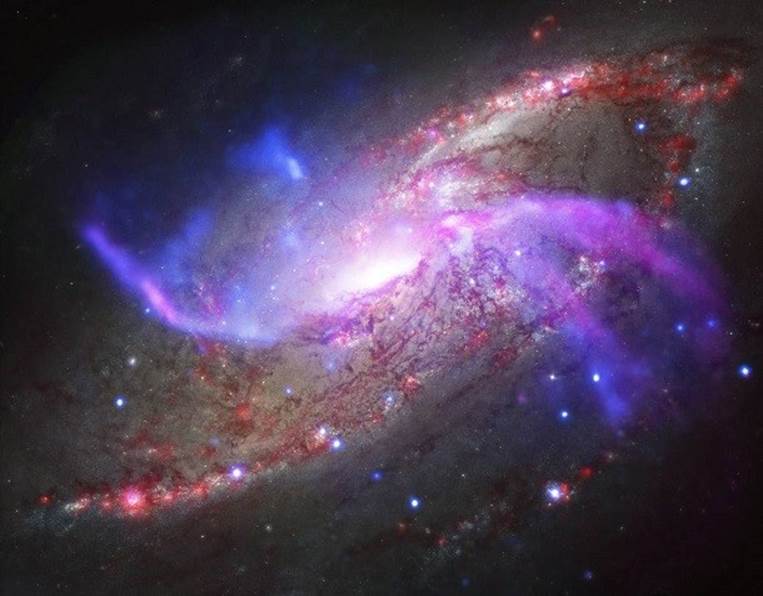
The galaxy NGC 4258 is a typical spiral galaxy except for one
major feature: two huge spiral arms full of gas which
stretch out perpendicularly to its main arms.
GRAVITATIONAL LENSING
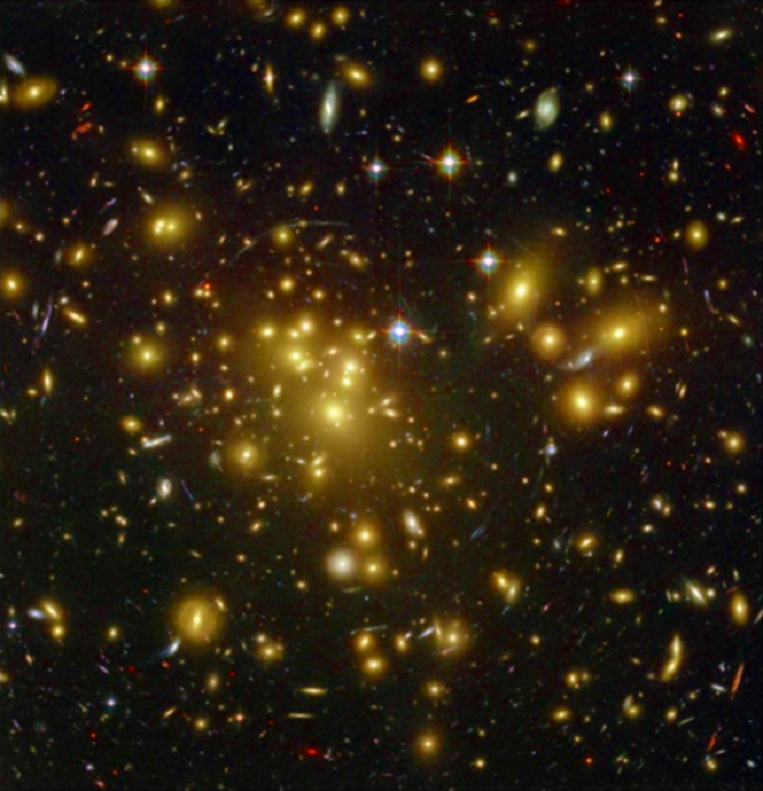
One of the coolest things astronomers have learned to do
is use interstellar matter, such as stars and dark matter
with strong gravitational pulls, as a lens in space,
magnifying the light of objects behind them. This image,
magnified through the galaxy cluster Abell 1689, gives
us a view of stars over 13 billion light years away.
GALACTIC CAVITIES
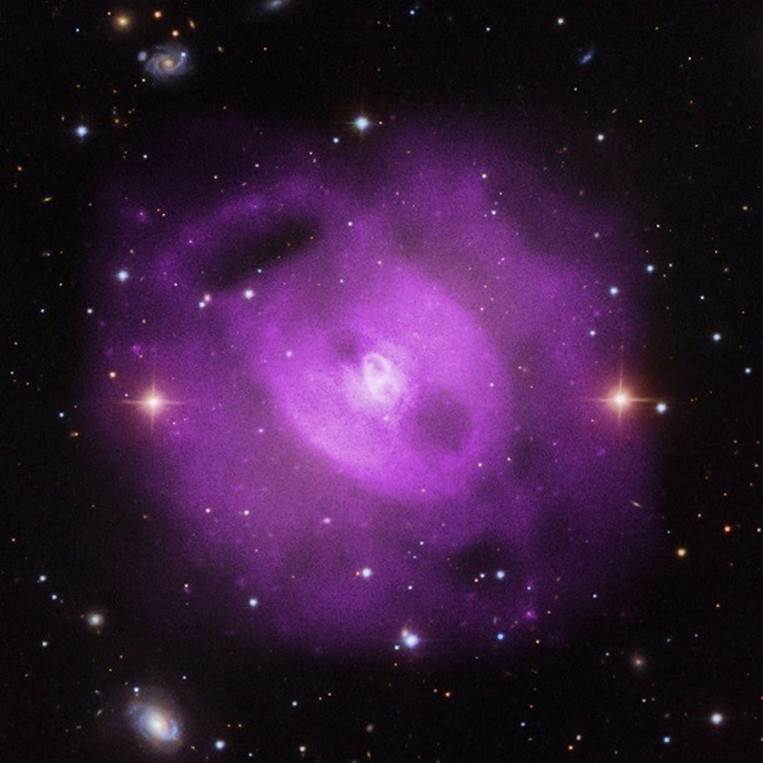
When a black hole erupts (shoots out shock waves), it
forcefully pushes gas outward and creates massive holes
known as cavities in its surrounding galaxy, as seen
here in NGC 5813.
OUR MILKY WAY
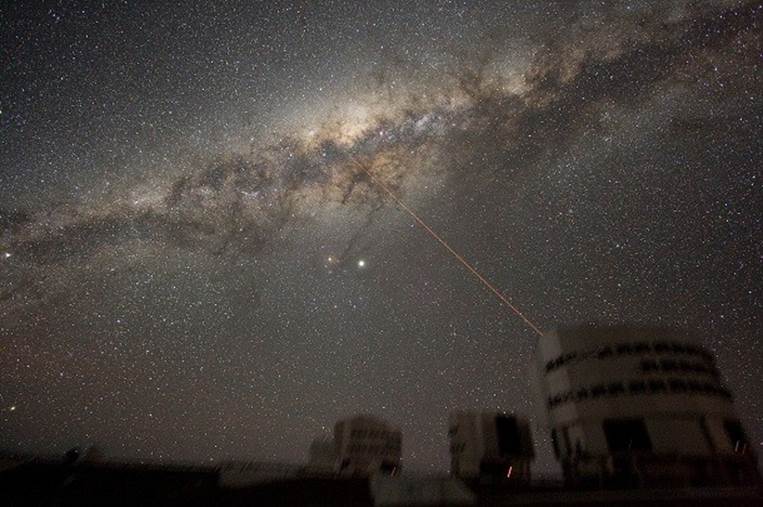
We can actually see our own galaxy from within it. This
picture shows our massive Milky Way Galaxy with the planet
Jupiter showing up as the bright ball in the centre.
THE MILKY WAY'S ARCH

This picture of the Milky Way Galaxy taken from Chile shows
just a handful of the stars visible in a clear night sky.
GALACTIC STARBURST

In this artist’s depiction, a spiral galaxy is experiencing
massive starburst (or star creation). The winds made by
star formation have been estimated to shoot out up to
650,000 light years.
THE SPARKLING SKY
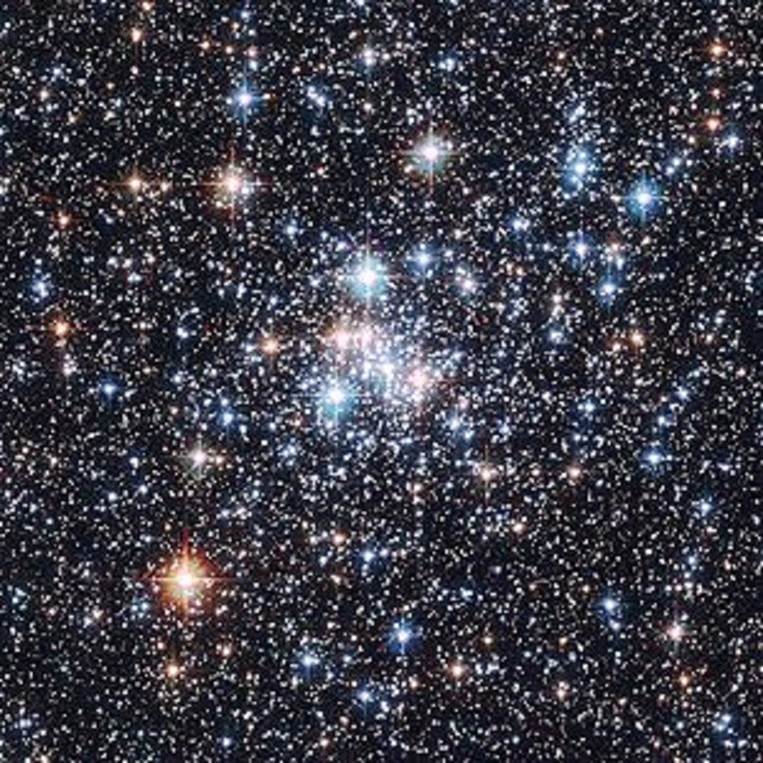
Sometimes the cosmos looks more like an extravagant dress
from the movie Hairspray than its true self as a collection
of gas and dust, as here in this galactic cluster in the
Small Magellanic Cloud.

Comment on this